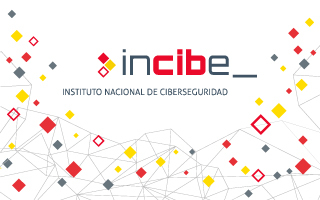
News posted on 25/11/2024

News posted on 21/11/2024

News posted on 19/11/2024

News updated on 05/11/2024

News posted on 05/11/2024

News posted on 31/10/2024

News posted on 07/10/2024

News posted on 02/10/2024

Blog updated on 26/09/2024
The increasing development of malware targeting the industrial world has not halted its momentum in the slightest. Several research groups have detected a new malware called Fuxnet and are currently investigating its scope. This malware has the capability to send specific requests at the serial level, via RS485/MBus, executing floods to more than 87.000 assets, including control systems and integrated sensors deployed across different sectors. Among the infrastructures compromised by this malware, we find hospitals, airports and other critical infrastructures that provide essential services to the population.

News posted on 26/09/2024



